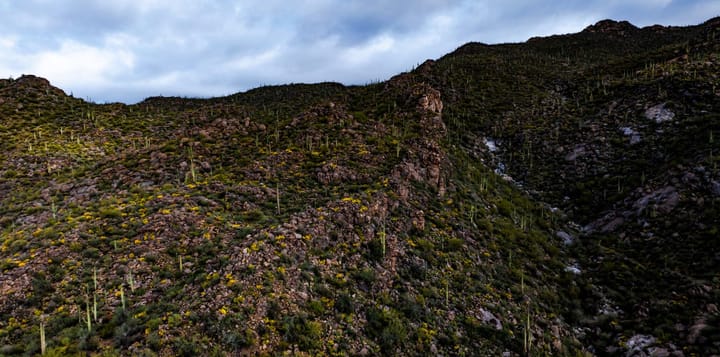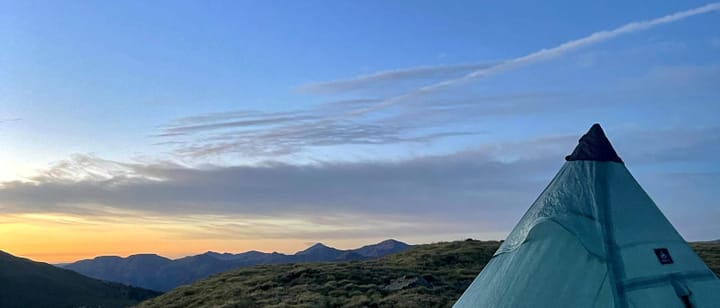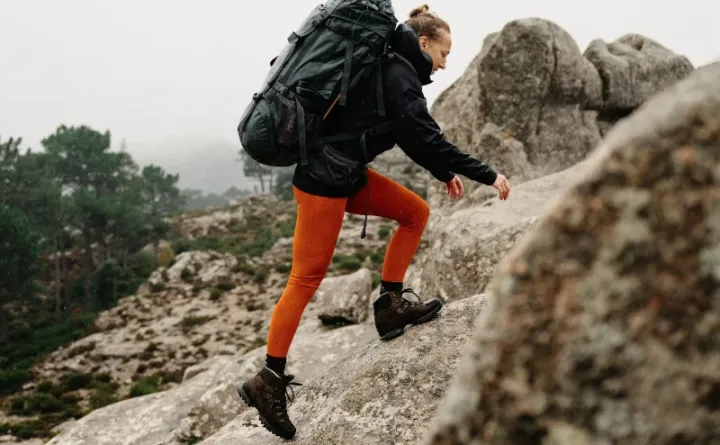What To Expect Backpacking the Colorado Trail: Your Ultimate 2025 Guide
Dreaming of hiking the Colorado Trail in 2025? Here's your full guide to segments, towns, gear, and tips for success on one of America's most stunning long-distance trails.
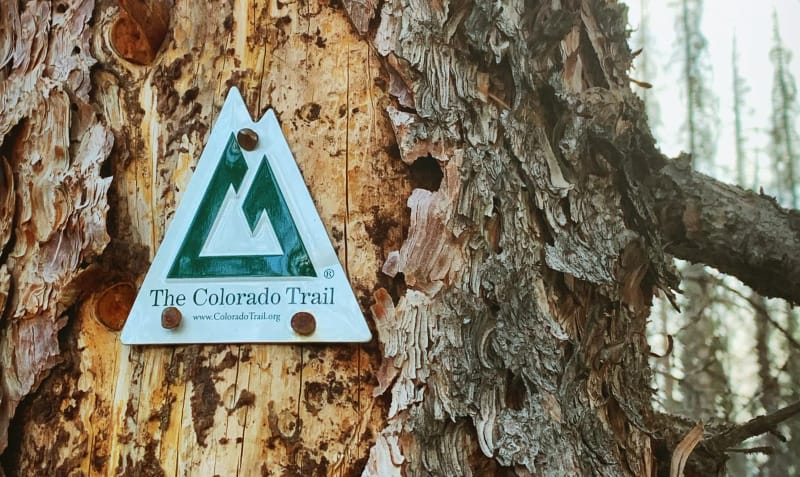
Backpacking the Colorado Trail is a dream many hikers share — and for good reason. Stretching roughly 486 miles from the foothills near Denver to the mountain town of Durango, the CT winds through some of the most breathtaking, diverse, and wild landscapes in the United States.
Imagine wandering past wildflower meadows, crossing rugged passes above treeline, soaking your feet in sparkling alpine lakes, and dropping into charming little mountain towns for a burger and a resupply.
This trail is pure magic.
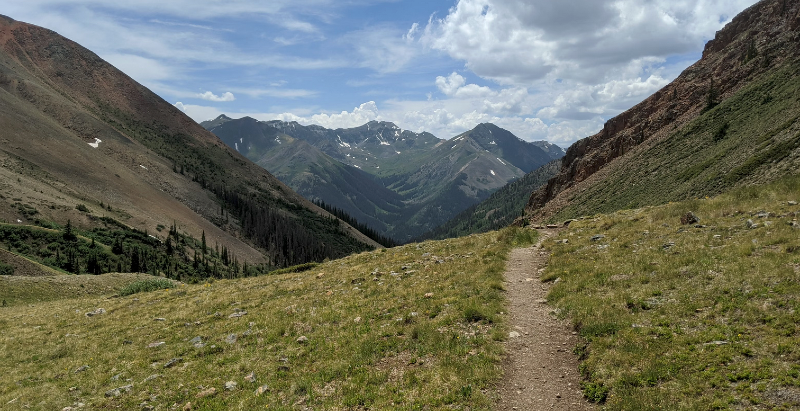
Whether you're planning to hike the entire trail or just tackle a few unforgettable sections, this 2025 guide will show you exactly what to expect — and how to set yourself up for success.
Quick Overview: Colorado Trail Fast Facts
- Distance: ~486 miles
- Typical Time to Complete: 4 to 6 weeks for a thru-hike
- Starting/Ending Trailheads: Waterton Canyon (near Denver) & Junction Creek Trailhead (near Durango)
- Elevation Range: 5,500 to 13,271 feet
- Highest Point: Coney Summit (13,271 feet)
- Trail Season: Mid-June through late September (depending on snowpack)
- Navigation: Well-marked, but a GPS app like FarOut is highly recommended
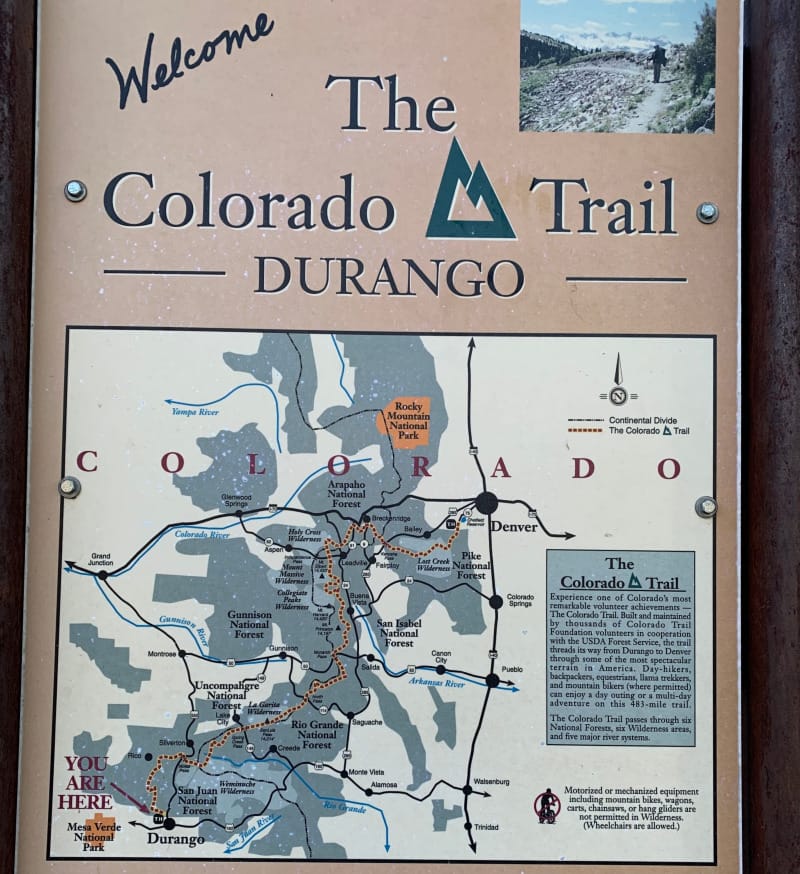
Trail Layout: How the Colorado Trail is Structured in 2025
The CT is divided into 33 official segments, and each has its own distinct character — from high alpine crossings to lush forests and even dry desert-like stretches.
Some major highlights you won't want to miss:
- Segment 6 – Kenosha Pass to Breckenridge: Rolling high-country meadows, views of the Tenmile Range, and the first real taste of big alpine beauty.
- Segment 12 – Clear Creek Road to Silver Creek: Enters the jaw-dropping Collegiate Peaks Wilderness, with close-up views of Colorado’s famous Fourteeners.
- Collegiate West Alternate: A high, rugged, breathtaking variation that most experienced hikers say is worth taking. (Expect rougher terrain but endless ridgeline hiking!)
- Segment 22 – Spring Creek Pass to Carson Saddle: Welcome to the San Juan Mountains — arguably the most spectacular and remote section of the trail.
- Segment 24 – Molas Pass to Bolam Pass Road: Ridgeline hiking for days with epic 360-degree views and abundant wildflowers in late summer.
Pro Tip:
If you can't thru-hike the whole trail, picking a 3–5 segment stretch (especially in the San Juans or Collegiate Peaks) can still give you a life-changing adventure.
Best Town Stops on the Colorado Trail
One of the CT's underrated joys? The town stops! They're perfect for resupply, rest days, and that glorious first shower after days on trail.
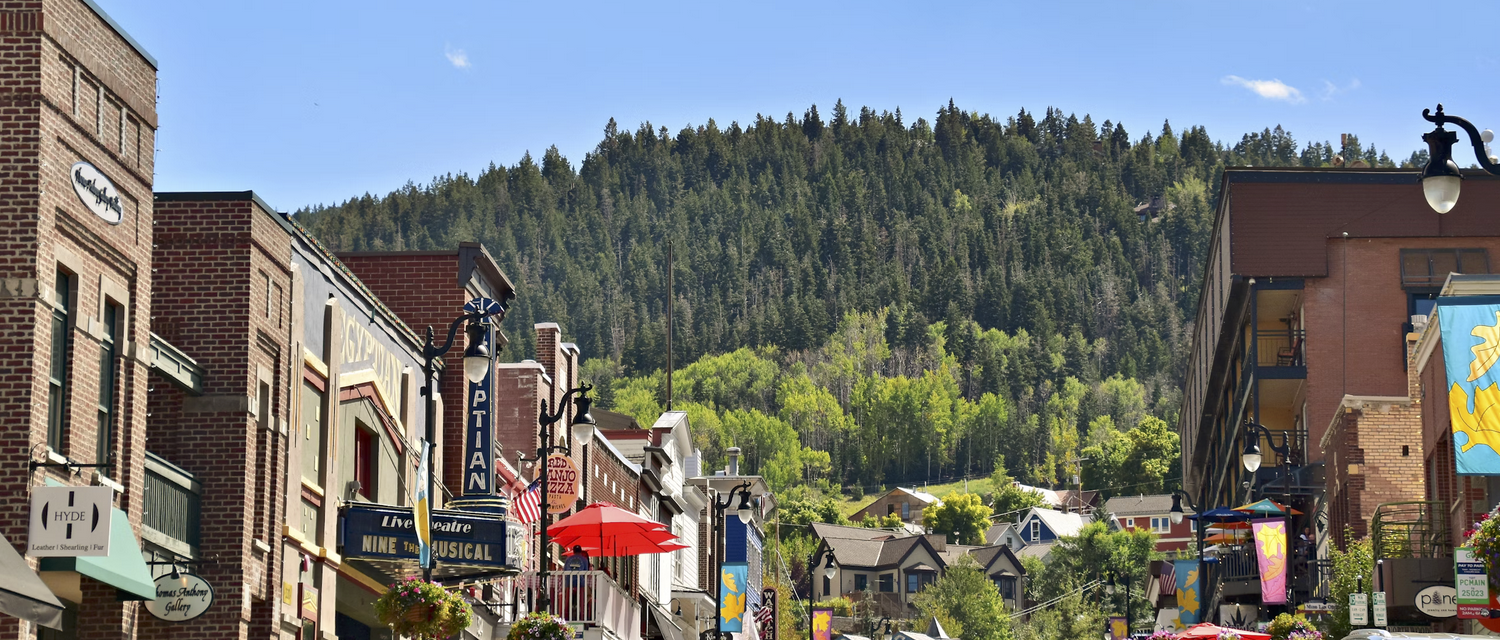
Here are some favorites you won't want to miss:
- Breckenridge (after Segment 6): Big hiker scene, great breweries, grocery stores, and gear shops. We love the Kenosha Grill for a fuel up!
- Leadville (via shuttle from Segment 8/9): America's highest incorporated city, full of historic charm and hearty mountain-town vibes. Have a second? Be sure to check out Melanzana!
- Twin Lakes (Segment 11): Tiny but legendary — hikers love this stop for resupply and the beautiful lakeside scenery.
- Salida (after Segment 14): A lively riverside town with everything you need: food, breweries, hostels, outfitters, and a fun downtown. Moonlight Pizza is a great little pizza place if you're craving 'za!
- Lake City (after Segment 22): Remote, peaceful, and full of hiker hospitality. Many hikers say it's their favorite town stop. The Community Presbyterian Church is one of the nicest places to stop along this entire thru-hike.
- Silverton (after Segment 24): Old mining town charm, full resupply, laundromats, and plenty of historic western character. Stop by the Pickle Barrel for some fresh feasts!
- Durango (trail's end!): Great food, breweries, and the perfect place to celebrate finishing your hike.
Some towns even have hiker shuttles to make getting to/from the trail easier.
What Conditions to Expect on the Colorado Trail
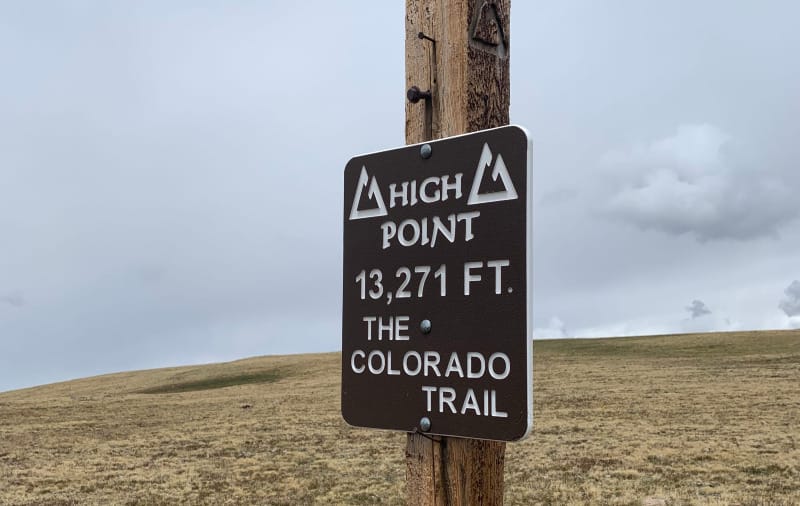
1. Altitude Matters
Most of the trail is above 10,000 feet. This means thinner air, colder nights, and a higher risk of altitude sickness. Take it slow the first few days, drink plenty of water, and listen to your body.
2. Weather Is Wild
Be ready for it all: hot sun, freezing nights, hailstorms, afternoon lightning, and even snow in the shoulder seasons. Carry a good rain jacket (insert affiliate link) and learn safe practices for hiking in storm-prone areas.
3. Water Availability
While the CT usually has solid water access, late summer (especially in drier sections like Segments 17–19) can mean long, dry stretches. Always carry enough to get to the next reliable source. A lightweight water filter (insert affiliate link) is a must.
4. Trail Surface and Navigation
Most of the trail is well-trodden singletrack, but expect occasional rocky stretches, fallen trees, and confusing junctions. The FarOut app (insert affiliate link) makes navigating easy with offline maps and community updates.
5. Wildlife Encounters
Pikas, marmots, deer, elk — yes! Black bears — possible, but rare. Store your food properly with a bear bag or canister (insert affiliate link) and always respect wildlife from a distance.
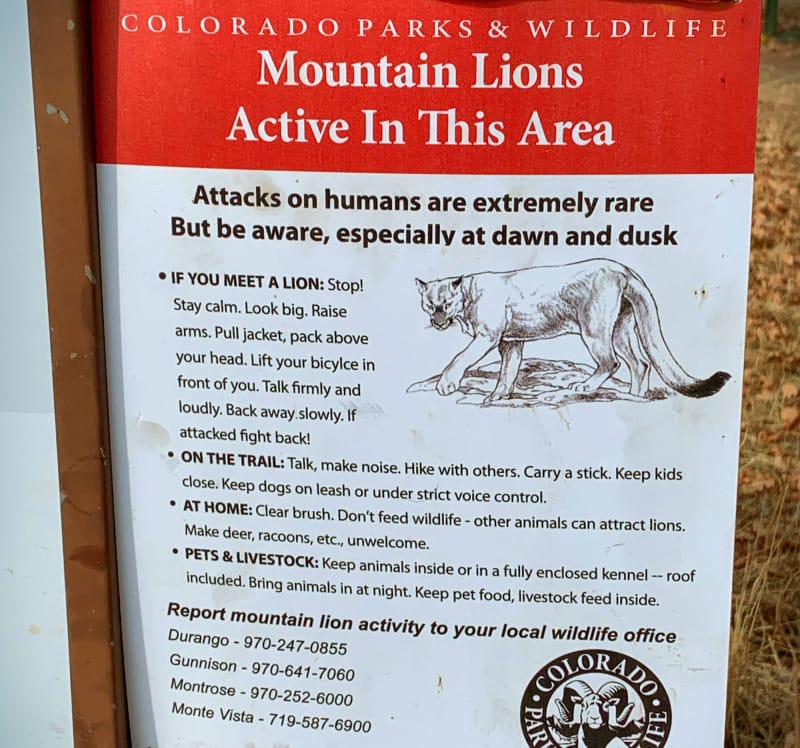
📦 Recommended Gear for Backpacking the Colorado Trail
Looking for the right gear to tackle the CT? Here are a few highly recommended essentials to keep you light, safe, and comfortable:
- Navigation: FarOut Colorado Trail App — Offline maps, waypoints, and real-time updates from other hikers.
- Shelter: Ultralight Tent (1-2 Person) — Durable, lightweight, and built for unpredictable mountain weather.
- Sleep System: 20°F Lightweight Sleeping Bag or Quilt — Warm enough for those cold alpine nights.
- Rain Protection: High-Quality Rain Jacket — Afternoon storms are no joke; stay dry and safe.
- Water Filtration: Lightweight Water Filter or Purifier — Reliable water access is key, especially in dry stretches.
- Food Storage: Bear Bag or Canister — Keep your food safe and wildlife wild.
- Footwear: Trail Runners or Hiking Shoes — Lightweight shoes help you cover long miles comfortably.
- Safety Gear: Satellite Communicator — Stay connected even when you're off-grid.
Having the right gear can make or break your Colorado Trail adventure — invest in quality and you'll thank yourself every single day out there.
Best Time to Hike the Colorado Trail
- Mid-June to early July: Early-season hikers may face snow in the high country, especially on the Collegiate West route.
- Mid-July to late August: Peak season! Wildflowers are exploding, snow is gone, but expect afternoon thunderstorms — plan to be below treeline by 1–2 pm daily.
- Late August to September: Quieter trails, golden aspen groves, cooler nights. Watch out for early snowstorms.
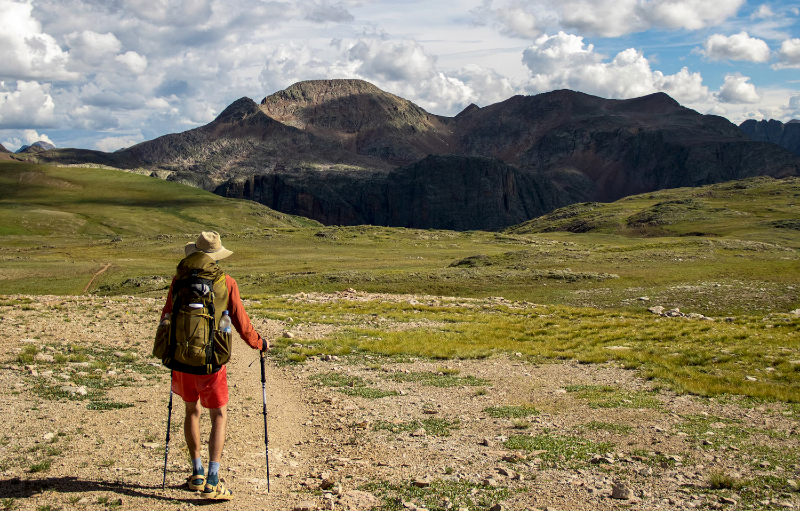
If you want ideal conditions, aim to start between late June and mid-July.
Tips for a Successful and Memorable Colorado Trail Journey
- Start Slow: Let your body adjust to the altitude and the miles.
- Use FarOut and Carry a Backup Map: Even a well-marked trail has tricky spots.
- Don't Skimp on Rain Gear: Afternoon storms are real — and they’re fast.
- Practice Lightning Safety: Be smart around exposed ridgelines.
- Filter All Water: Even clear mountain streams.
- Respect the Land: Follow Leave No Trace principles every step of the way.
- Celebrate Small Wins: Every day on trail is an accomplishment — not just the finish line.
Final Thoughts: Backpacking the Colorado Trail Will Change You
The Colorado Trail is a true adventure. It will test your limits, fill your heart, and show you landscapes you’ll never forget. Whether you hike all 486 miles or savor just a section or two, one thing is guaranteed:
You’ll never see Colorado the same way again.
Ready to answer the call of the mountains? The CT is waiting.
Colorado Trail Backpacking FAQ
How long does it take to hike the Colorado Trail?
Most thru-hikers complete the CT in 4 to 6 weeks, depending on pace, weather, zero days (rest days), and side trips.
When is the best time to backpack the Colorado Trail?
Late June through early September offers the safest and most stable window. Mid-July to mid-August is peak season with wildflowers and clear high passes.
Can beginners backpack the Colorado Trail?
Absolutely — but preparation is key. If you’re new to backpacking, consider starting with a section hike first. Train ahead of time, research gear carefully, and be ready for challenging weather and terrain.
How difficult is the Colorado Trail?
The CT is considered moderately to very difficult depending on your experience and fitness. Altitude, long climbs, and carrying a full pack add to the challenge — but it’s doable with good preparation and a positive mindset.
Do I need a permit for the Colorado Trail?
You don’t need a permit to hike the entire CT. However, certain wilderness areas (like the Collegiate Peaks and Holy Cross Wilderness) require free self-issue permits at trailheads.
How do hikers navigate the Colorado Trail?
Most hikers use the FarOut app (insert affiliate link) for offline GPS navigation combined with a physical CT guidebook or map (insert affiliate link). The trail itself is also well-marked with signs and blazes.
What should I do in case of an emergency?
Carry a satellite communicator or personal locator beacon (insert affiliate link). Cell service is spotty or nonexistent in many areas. Know how to signal for help and have basic wilderness first aid skills.
How do hikers resupply on the Colorado Trail?
Resupply strategies vary, but most hikers combine mailing resupply boxes to select towns (like Twin Lakes or Lake City) with buying food locally. Planning resupplies carefully will save you time and stress on trail.
SouthwestHikes.com contains affiliate links, which help fund our website. When you click on the links to purchase the gear, we get a small commission that keeps our website running.
